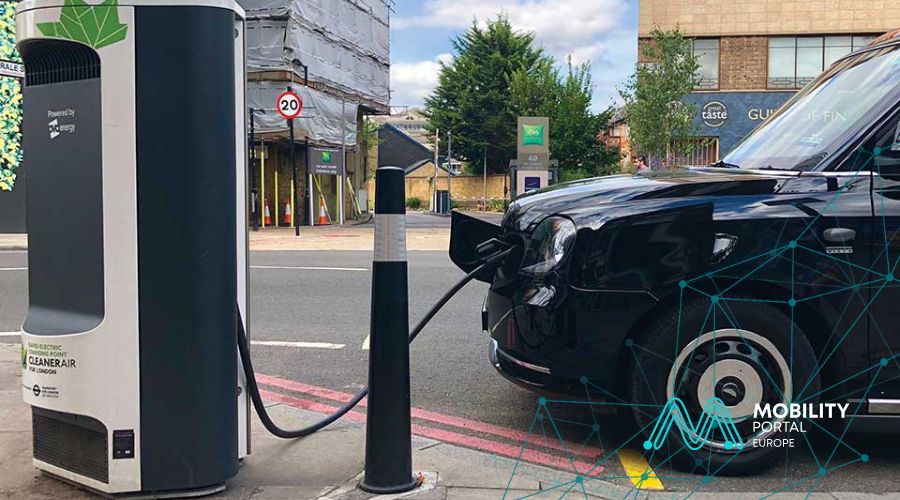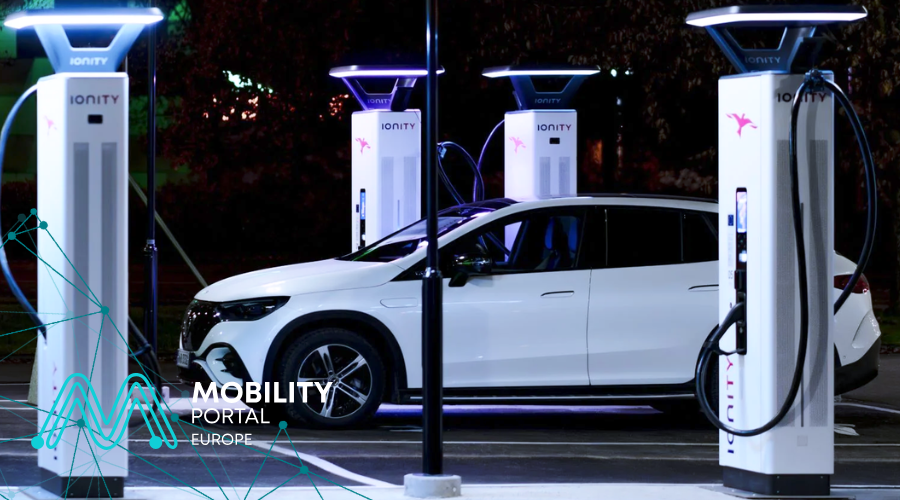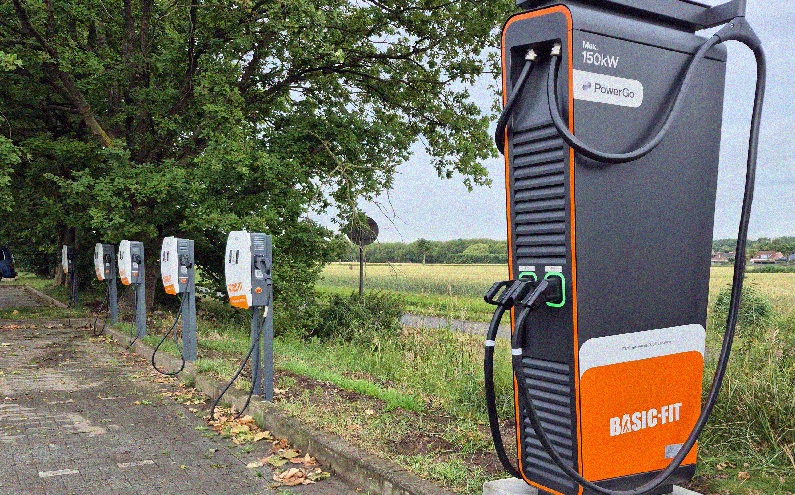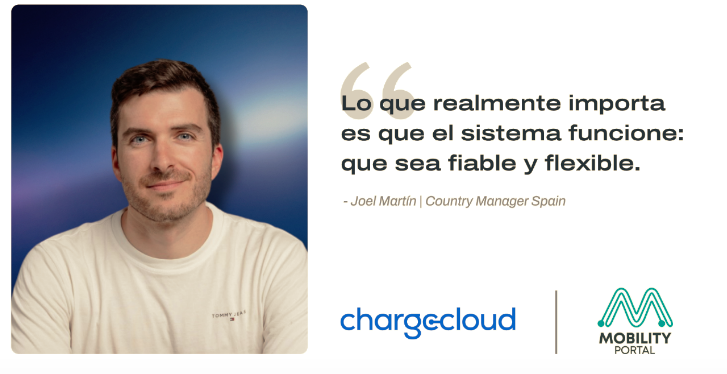Today, several bottlenecks continue to delay the installation of electric vehicle (EV) charging points across the United Kingdom (UK), with access to funding, land acquisition, and planning permission being the most prominent.
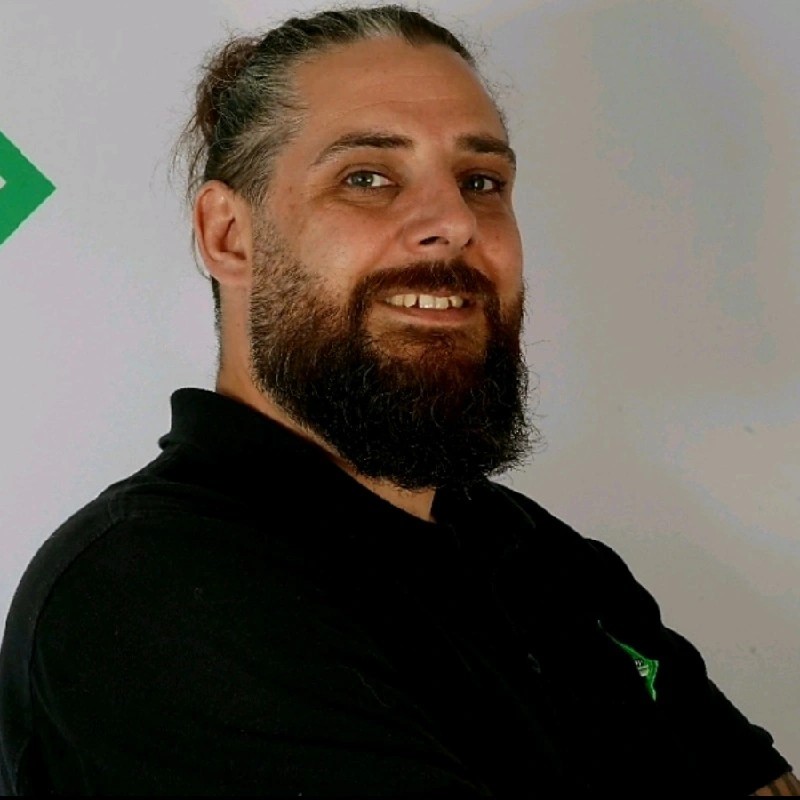
“One of the biggest challenges charge point operators (CPOs) face when installing EV chargers is the groundwork itself,” explains Chris Rimell, EV Infrastructure Sales Manager at NAL, in conversation with Mobility Portal Europe.
“Each charger requires a different base and distinct connections,” he adds.
However, the firm provides foundations for Fast, Rapid, and High-Power EV chargers that significantly speed up deployment.
“Many installers who previously used traditional methods now prefer NAL’s system because it’s quicker and simpler. It allows them to meet tight deadlines and install entire hubs in half the time,” Rimell notes.
The company’s approach focuses on standardising and simplifying on-site work.
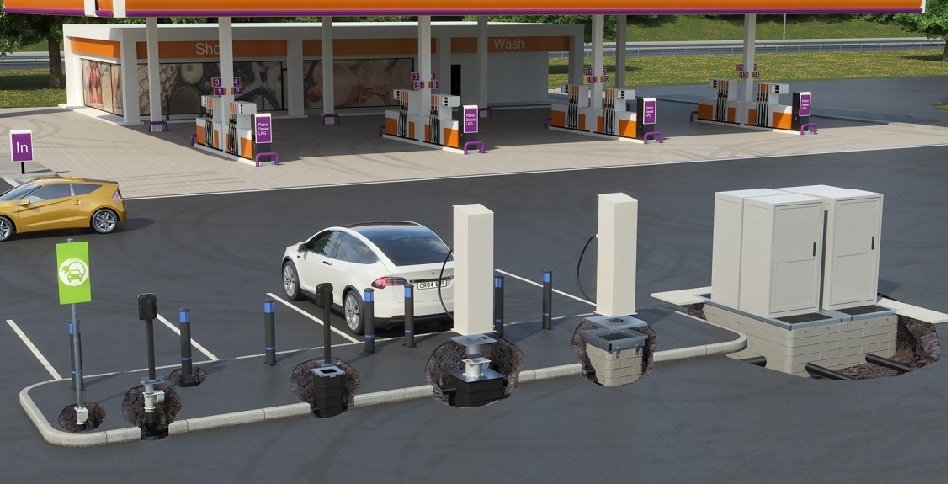
NAL collaborates with CPOs, contractors, and designers not only to streamline the installation process but also to deliver solutions that support future upgrades without major civil works.
The goal is to enable the reuse of the same foundations regardless of charging level — from Level 1 to ultra-rapid, or even megawatt charging.
“Unlike traditional construction methods, our solution offers the flexibility to accommodate any equipment, no matter the manufacturer or power output,” he adds.
It’s worth noting that the firm works with some of the UK’s leading CPOs, including GRIDSERVE, BP, Shell, Ionity, and others.
“Our focus is on continued growth in the UK and Ireland, helping to develop the EV charging sector by supporting both local authorities and major operators,” says Rimell.
Gridserve case: 450% growth in one year
Rimell says that while there are new installations almost every week, one project in particular stands out.
In 2021, Gridserve had two Level 3 charging points: Braintree Electric Forecourt and Moto Rugby.
By the end of 2022, this figure had risen to 11 points, an increase of 450%.
In 2023, the figures shot up again, this time to 40 points.
“If they hadn’t used our system, the rollout would have taken longer,” the executive acknowledges.
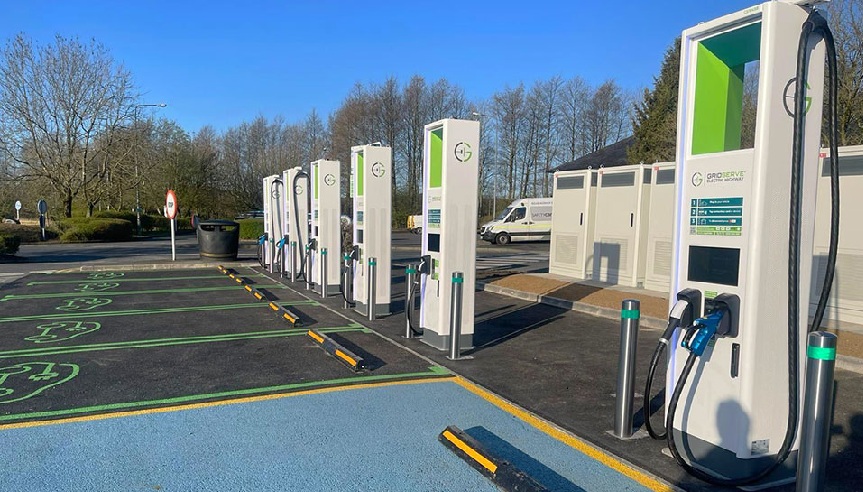
Why don’t traditional installation methods guarantee long-term viability?
Conventional EV charger foundations are typically based on custom concrete bases designed for specific charger models.
According to NAL, this approach presents several challenges.
Firstly, waiting for manufacturer-specific foundation designs can significantly delay project timelines.
Additionally, once installed, these charging units cannot be easily upgraded or replaced without major disruption.
Another important consideration is the impact on the public. Extended civil works often lead to road closures, hazards, and safety risks.
Finally, the company highlights the environmental impact — traditional wet concrete solutions increase emissions and material waste.
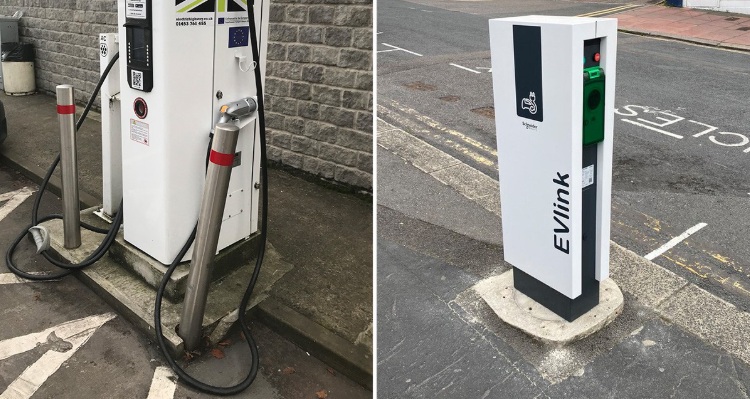
Where does NAL operate?
NAL’s products are available in the UK and across mainland Europe, with key markets including Germany, Spain, France, and the Netherlands.
However, Rimell notes: “We’re seeing emerging markets in Italy and Portugal.”
The company also has a presence in North America.
That said, the executive explains that since “the United States is still slightly behind Europe in terms of EV adoption,” NAL’s primary focus remains on the European market.
READ MORE
-
Ekoenergetyka: What do major CPOs like Telpark and IONITY look for?
With a strong industrial backbone and a robust after-sales strategy, Polish manufacturer Ekoenergetyka is stepping up its game in southern Europe. The company aims to become the go-to partner for scalable, reliable and locally adapted charging infrastructure.
-
PowerGo opens new fast-charging hub in Belgium
With charging points of 30 and 150 kW, Basic-Fit and PowerGo offer a convenient charging solution for both gym members and EV drivers passing through.
-
chargecloud llega a 80.000 cargadores conectados: ¿Cómo funciona el ecosistema alemán de software eMobility que llega a España?
chargecloud nombra a Joel Martín como Country Manager para liderar su lanzamiento en España. Con su plataforma modular y fiable de 360°, la empresa alemana pretende posicionarse como una referencia de CPMS en el sur de Europa.





